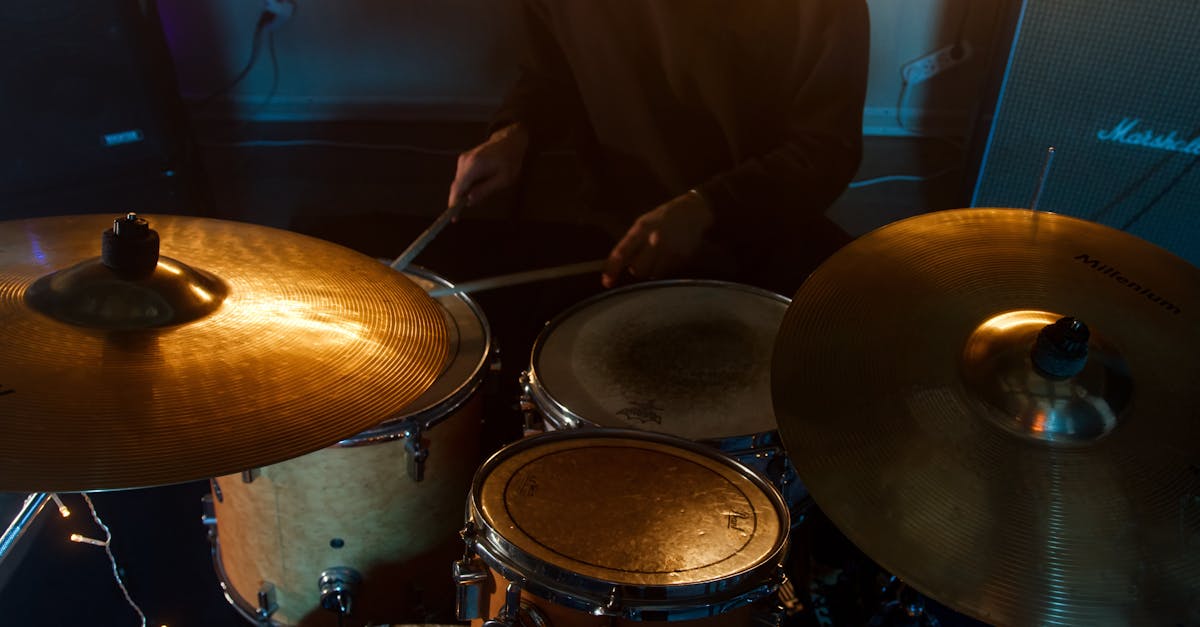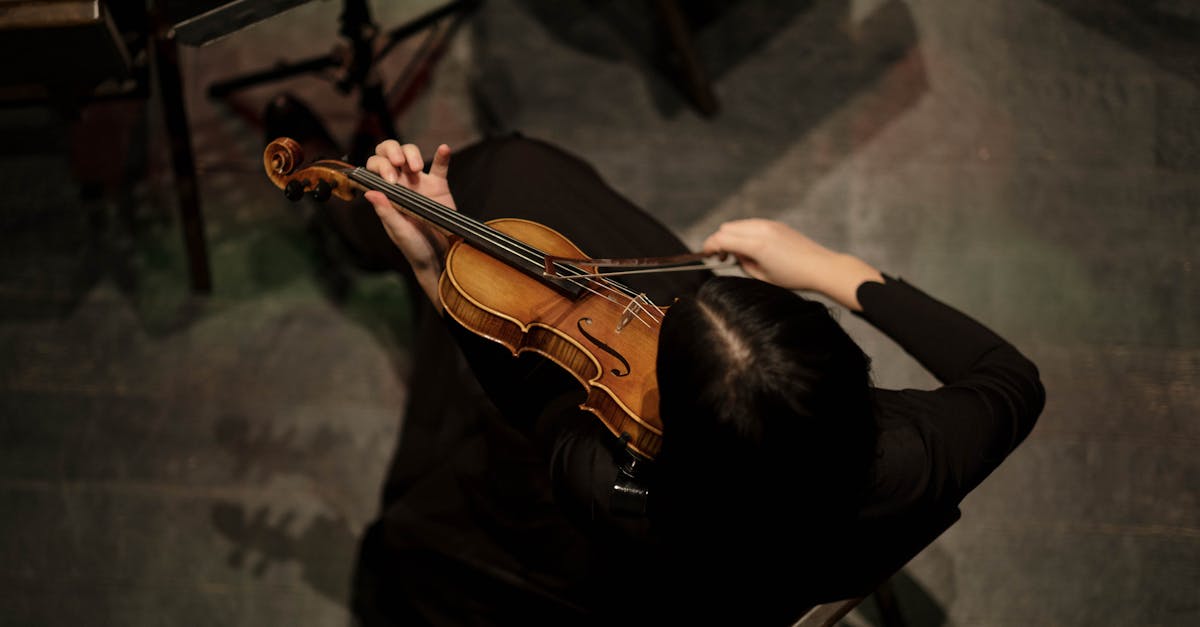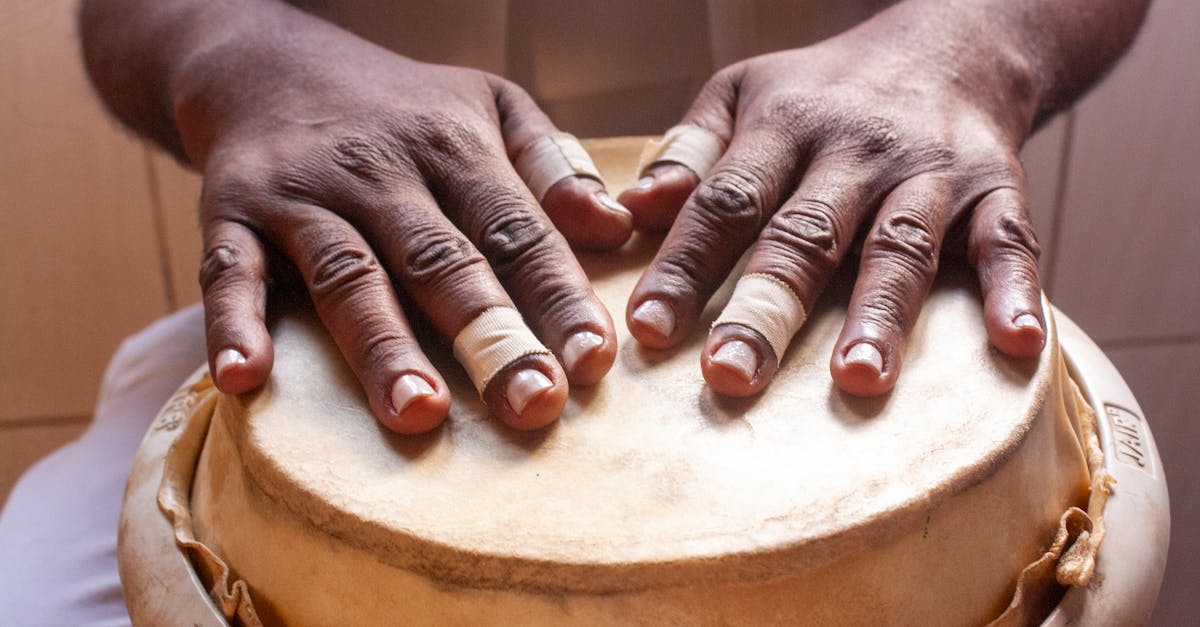Exploring Cross Cultural Soundscapes
Introduction
Soundscapes are essential elements of our environment, intricately weaving together to define our worldviews. They encompass the sounds that characterize different places, cultures, and communities. Whether it's the bustling noise of an urban jungle, the tranquil rustling of leaves in a remote forest, or the rhythmic chants of a traditional ceremony, soundscapes deeply influence how people perceive their surroundings. This article delves into the diverse soundscapes from various cultures, exploring their significance and the stories they tell. By understanding these auditory landscapes, we gain insight into cultural identities, traditions, and the interconnectedness of global communities. Embark on a journey to discover the profound impacts of cross-cultural soundscapes, unlocking an appreciation for how sound shapes our world.
Advertisement
The Significance of Soundscapes
Soundscapes hold immense cultural and emotional significance. For centuries, they have been integral to the storytelling traditions of numerous cultures, passing down history and ancestral wisdom. Specific sounds are often tied to unique cultural practices, holidays, or daily activities, marking time, place, and communal identity. Just as music can evoke memories or emotions, everyday soundscapes can anchor an individual to their cultural roots. As globalization continues to blend diverse cultures, preserving these unique soundscapes becomes vital in maintaining cultural identity. The sounds around us shape societal norms and inevitably influence how we interact with the world.
Advertisement
Exploring Cultural Soundscapes Globally
Worldwide, soundscapes vary dramatically from one culture to another, each with its own sonic identity. In India, the resonant sound of temple bells blends with bustling market streets. Moroccan cities pulse with the call to prayer intermingled with lively medina chatter. The serene sound of a Japanese zen garden, characterized by wind chimes and water splashes, offers deep contemplation and spiritual reflection. Native American soundscapes weave in natural elements, such as bird songs and river flows, underlying their connection to the earth. Each culture's auditory profile not only offers listeners a unique experience but also tells stories of resilience, time-honored practices, and sacred beliefs.
Advertisement
Urban vs. Rural Soundscapes
Urban soundscapes contrast with rural ones, predominantly influenced by human activity and modernization. Cities, being ever-evolving hubs, produce a tapestry of sounds ranging from vehicular horns and construction work to street vendors and public transport jingles. Rapid urbanization has led to an auditory environment dense in human-made noise. Meanwhile, rural areas often offer more natural soundscapes, highlighting bird calls, rain showers, and the rustling of crops. The variance in these soundscapes highlights not only geographical and lifestyle differences but also the broader divide between societies driven by technological progress versus those rooted in nature. These auditory differences shape residents' attitudes, behaviors, and perceptions.
Advertisement
Soundscapes and Cultural Identity
Soundscapes are instrumental in forming and reinforcing cultural identity. When migrant communities settle abroad, they often recreate familiar auditory environments to maintain a connection to their heritage. Festivals and community gatherings often incorporate traditional sounds and music, serving as a bridge between old and new worlds. Additionally, diasporic communities incorporate local sounds with ancestral ones, forming hybrid soundscapes. Sound serves as a constant reminder of one's roots and provides a sense of belonging, even in foreign surroundings. Understanding soundscapes aids in appreciating cultural diversity and fostering a deeper connection between various communities.
Advertisement
Impact of Technology on Soundscapes
Modern technology dramatically influences traditional soundscapes, often altering or even replacing them altogether. With digitization, people can now access global soundscapes instantly—ranging from virtual reality experiences to curated playlists echoing different cultures. While this democratization of sound exposes people to global diversity, it also risks overshadowing local traditions. As people increasingly rely on electronic devices, daily soundscapes are bombarded with notifications, ringtones, and machine-generated sounds. The challenge lies in preserving the authenticity of cultural soundscapes while appreciating tech-driven innovations. Artisans and musicians worldwide work tirelessly to integrate the old with the new, using technology as a tool to preserve and share distinct auditory traditions.
Advertisement
Environmental Sounds and Culture
Environmental sounds deeply intertwine with cultural practices and beliefs. Many communities, such as indigenous tribes, view sound as a manifest expression of nature's spirits and energies. Rituals and ceremonies often incorporate these elements to strengthen bonds with the environment. For example, the Australian Aboriginal communities' use of the didgeridoo mimics natural sounds, telling stories of history and creation. As climate change alters landscapes, the associated soundscapes also transform, directly impacting cultural practices tied to these environments. Understanding environmental sounds not only enhances awareness but also promotes a sustainable approach to preserving cultural heritage and natural world harmony.
Advertisement
Soundscapes as Tools for Education
The educational potential of soundscapes offers a novel way to learn about and appreciate different cultures. Schools and cultural programs increasingly include auditory elements in their curriculum, allowing students to explore international cultures through sound. Virtual sound tours can transport students to distant lands, enhancing empathy and understanding. This multisensory approach provides an immersive experience that goes beyond textbooks. By using soundscapes as educational tools, learners can engage with the nuances and intricacies of diverse cultures. This form of education bridges cultural gaps and promotes cross-cultural understanding, fostering a more inclusive and empathetic worldview.
Advertisement
Preserving Cultural Soundscapes
Conservation efforts focus on documenting and preserving traditional soundscapes amid rapid cultural homogenization. Ethnomusicologists, alongside community leaders, are actively recording and archiving the sounds of endangered languages and customs. Digital platforms play an instrumental role in democratizing access to these recordings, offering a global audience insight into endangered traditions. However, active involvement from local communities remains vital. Protecting cultural soundscapes requires a collaborative effort, combining expertise from scientists, cultural historians, and indigenous peoples. By honoring and safeguarding these sonic treasures, we ensure that future generations can appreciate the rich tapestry of our world's diverse cultures.
Advertisement
Conclusion
Cross-cultural soundscapes are incredibly diverse, offering profound insights into cultural identities and history. Exploring auditory landscapes from different cultures fosters empathy, appreciation, and connection. As technology and globalization continue to influence these soundscapes, preserving and understanding cultural identities becomes even more crucial. The sounds we hear shape our reality, defining who we are and how we interact with others. Embracing the diversity of soundscapes enriches our lives and deepens our connection to the world at large, ensuring that these cultural legacies will continue to inspire and educate future generations.
Advertisement







